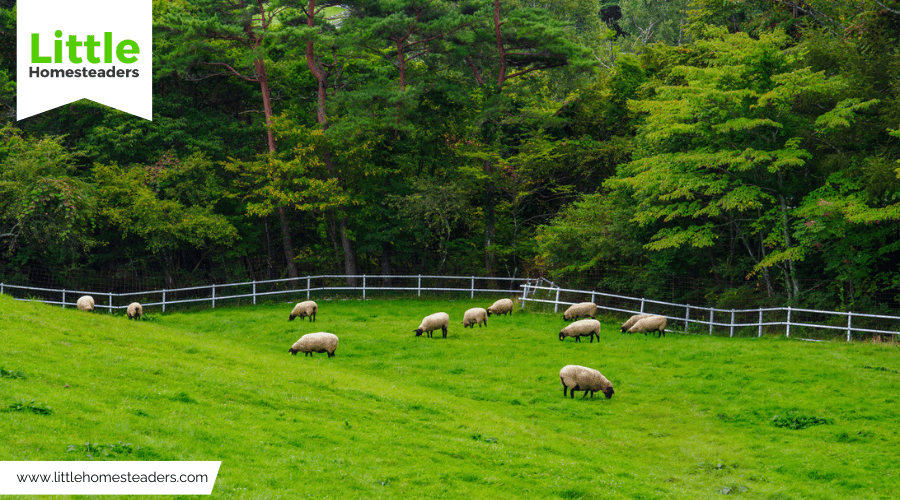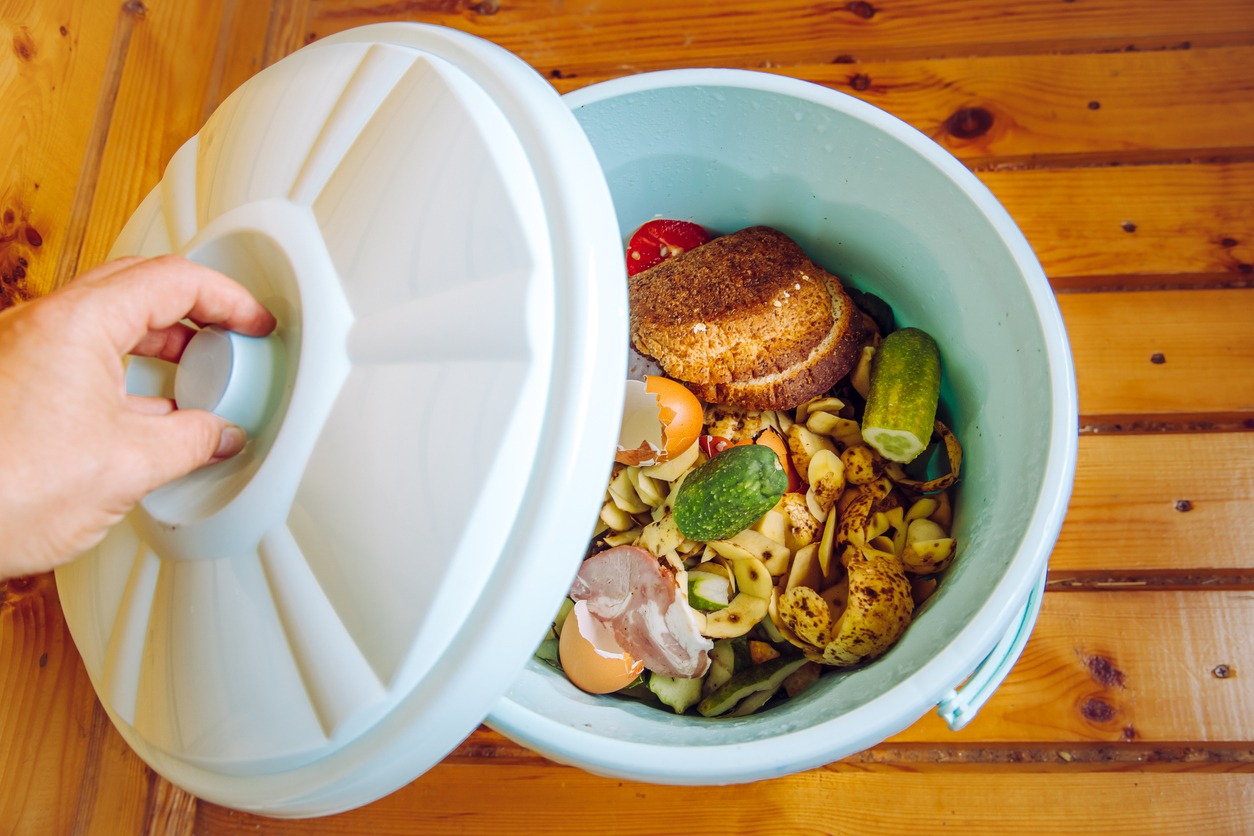Reduce, Reuse, Recycle: Effective Ways to Manage Farm Waste
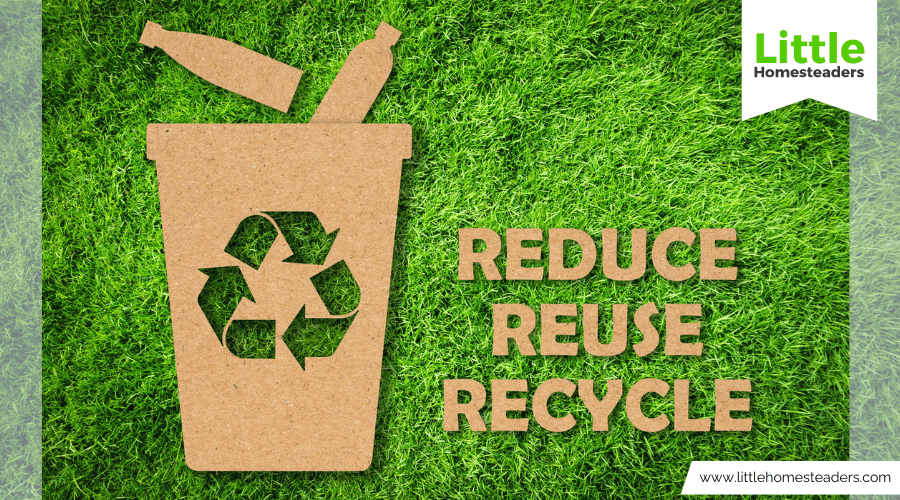
Managing farm waste is essential for building a sustainable and environmentally friendly agricultural system. With environmental challenges on the rise, farmers have a unique opportunity to lead the way by embracing eco-friendly practices. The "Reduce, Reuse, Recycle" approach is a simple yet powerful method to tackle farm waste, transforming potential issues into valuable resources and significantly reducing environmental harm.
In this article, we’ll explore practical strategies for managing farm waste, sharing actionable steps, real-world examples, and innovative solutions that support sustainable farming.
Understanding Farm Waste
Farm waste, often referred to as agricultural waste, is made up of organic and inorganic materials generated during daily farming operations. These materials, if not managed responsibly, can harm the environment and waste valuable resources. However, with the right strategies, farm waste can be transformed into assets that boost productivity and sustainability.
What Makes Up Farm Waste?
Farm waste comes from a variety of sources, and understanding its types is key to managing it effectively:
- Organic Waste:
- Manure and Bedding: Produced by livestock operations, manure is nutrient-rich but can become a pollutant if mishandled.
- Crop Residues: This includes leftover plant material such as straw, husks, and stalks after harvest. These byproducts can serve as excellent inputs for composting or bioenergy production.
- Spoiled Produce and Food Waste: Unused or damaged crops and food processing byproducts are common forms of organic waste.
- Inorganic Waste:
- Plastics: Items like mulch films, irrigation tubing, and silage wraps are widely used in farming but often end up as waste.
- Metal and Wood Scraps: Old equipment, fencing, and pruning waste frequently go unused.
- Packaging Materials: Crates, bags, and other containers contribute to the accumulation of waste if not reused or recycled.
By categorizing and identifying the sources of farm waste, farmers can begin to adopt targeted strategies for effective management.
Why Mismanagement is a Problem
When farm waste isn’t handled properly, it leads to various environmental and economic challenges:
- Pollution: Nutrient runoff from manure and fertilizers can contaminate water sources, leading to algal blooms and harming aquatic ecosystems.
- Soil Depletion: Accumulated toxins from waste can reduce soil fertility, making it harder to grow healthy crops.
- Greenhouse Gas Emissions: Decomposing organic waste produces methane and nitrous oxide, potent contributors to climate change.
- Wasted Resources: Materials like plastics and metal that could be recycled often end up in landfills, missing out on reuse opportunities.
Taking proactive steps to manage these issues ensures that waste doesn’t turn into a long-term liability.
Environmental Impact of Poor Waste Management
The environmental effects of mismanaging farm waste are far-reaching. Beyond just the immediate damage to ecosystems, these effects often spiral into broader problems that impact public health, local economies, and farm productivity.
Ecosystem Damage
- Water Pollution: Excess nutrients, particularly nitrogen and phosphorus, from manure and fertilizers runoff into nearby water bodies. This leads to eutrophication, which depletes oxygen levels and harms aquatic life.
- Air Pollution: Methane and other gases from decomposing organic matter exacerbate global warming. The long-term effects include changing weather patterns that can make farming more difficult.
- Habitat Disruption: Improper waste disposal harms local wildlife habitats, reducing biodiversity and destabilizing ecosystems.
Health Risks
- Pathogens in untreated animal waste can spread diseases like salmonella or E. coli, posing risks to farmers, their families, and nearby communities.
- Toxic substances from improperly disposed plastics, pesticides, and heavy metals can affect both human health and the surrounding environment.
Reducing Waste in Your Homestead
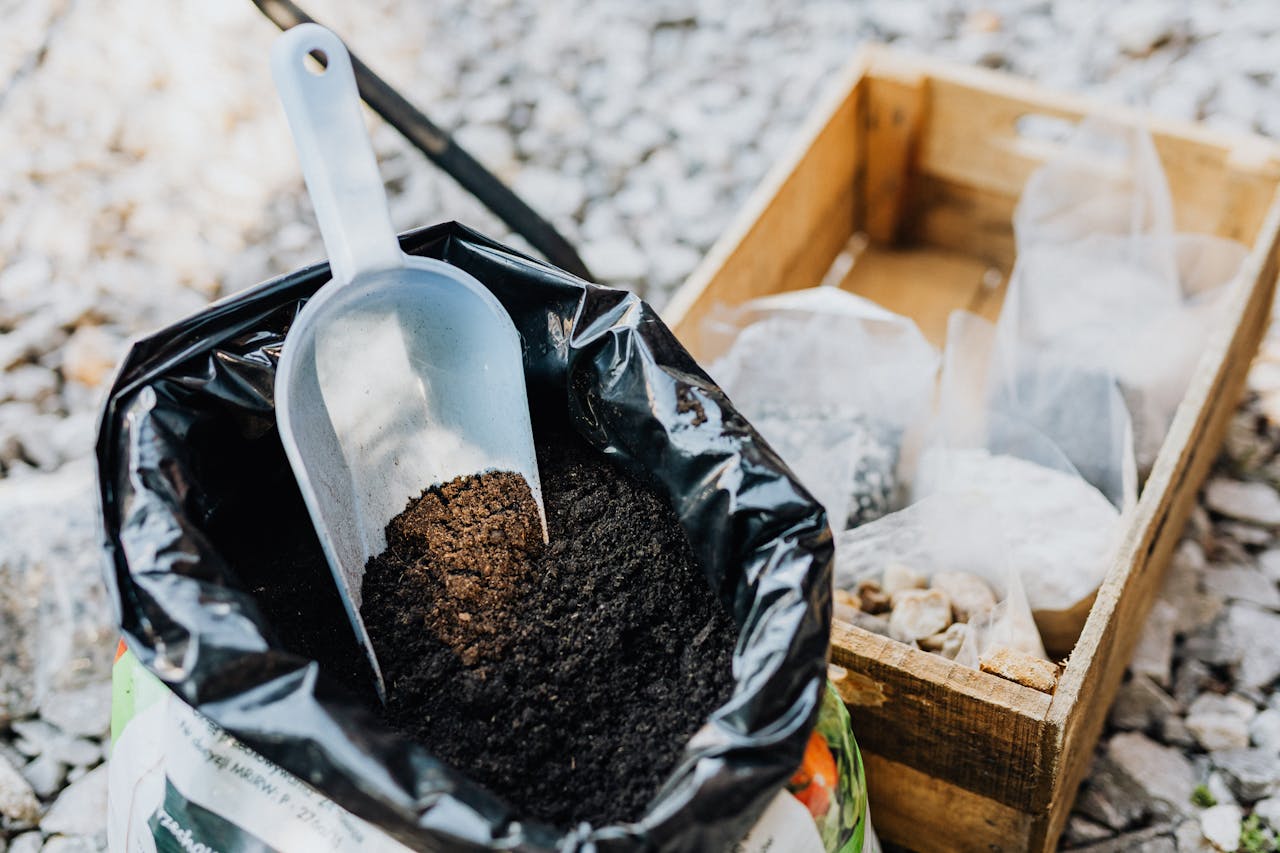
Reducing waste is one of the most impactful steps in sustainable farm waste management. By preventing waste at its source, farmers can save resources, minimize costs, and significantly lower their environmental impact. This principle applies to all aspects of farm operations, from purchasing inputs to managing daily activities.
1. Smart Buying
Effective waste management begins even before waste is created. A careful assessment of what your farm truly needs can help you avoid over-purchasing, which often leads to waste. For example:
- Buy fertilizers, seeds, and pesticides in precise quantities based on soil testing and crop requirements. Overbuying these materials not only wastes money but also creates excess stock that may spoil or expire.
- Invest in high-quality, reusable tools and equipment. Durable materials last longer, reducing the need for replacements and cutting down on waste generated from broken or discarded items.
This “less is more” philosophy not only helps reduce physical waste but also streamlines farm operations, making them more efficient.
2. Efficient Use of Farm Resources
Efficiency is the cornerstone of waste reduction. Modern farming technologies, such as precision agriculture tools, help ensure that resources like water, fertilizers, and pesticides are used optimally. Here’s how:
- GPS-Guided Equipment: This technology ensures that fertilizers and pesticides are applied only where needed, reducing overuse and waste.
- Soil Sensors: These tools provide real-time data on soil conditions, helping farmers apply water and nutrients judiciously.
- Irrigation Systems: Drip irrigation and other targeted watering techniques prevent water wastage, which can also carry nutrients away from crops.
By focusing on resource efficiency, farms can minimize input waste while boosting productivity and reducing costs.
3. Reducing Organic Waste
Organic waste, such as spoiled crops and uneaten feed, is a major contributor to farm waste. To address this, farmers can implement practices like:
- Harvest Optimization: Plan harvesting schedules to align with market demand and minimize spoilage.
- Feed Management: Store animal feed properly to avoid spoilage and use leftovers strategically to prevent waste.
By adopting these practices, farms can ensure that fewer resources are wasted, creating a more sustainable operation overall.
Reusing Agricultural Byproducts
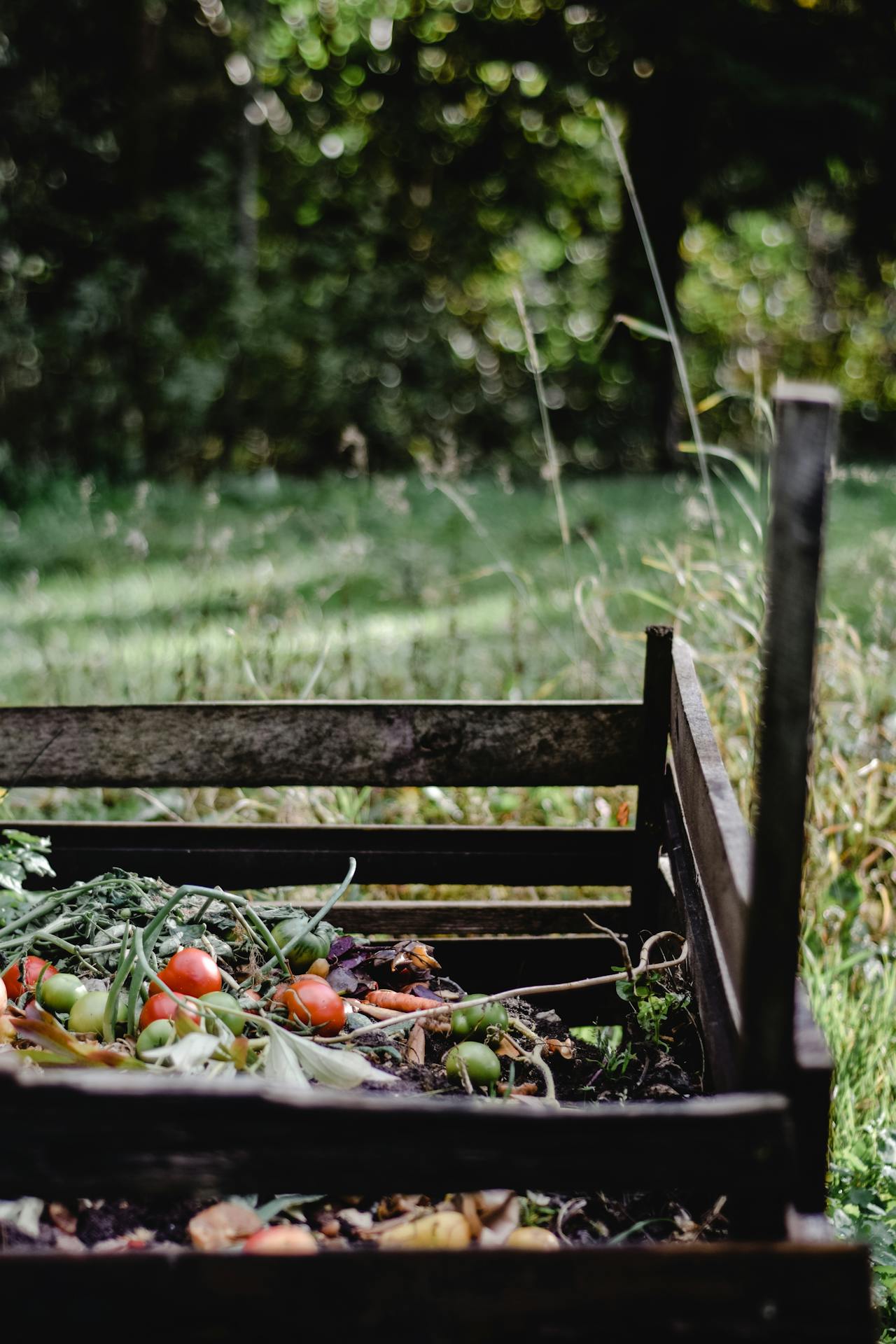
Reusing byproducts is a highly effective way to transform farm waste into valuable resources. This approach not only reduces waste but also helps farms save money and contribute to a circular economy.
1. Composting
Composting is one of the easiest and most beneficial ways to reuse organic waste. Crop residues, manure, and food scraps can be turned into nutrient-rich compost, which improves soil health and reduces the need for synthetic fertilizers. Some tips for effective composting include:
- Layering Organic Material: Alternate layers of “green” (wet and rich in nitrogen, like vegetable scraps) and “brown” (dry and rich in carbon, like straw) materials.
- Aeration: Turn the compost regularly to ensure proper oxygen flow and faster decomposition.
- Moisture Control: Maintain a balance of moisture to avoid overly dry or soggy compost piles.
Composting not only diverts organic waste from landfills but also creates a valuable input for sustainable farming.
2. Using Animal Manure as Fertilizer
Livestock manure is a rich source of nutrients like nitrogen, phosphorus, and potassium, making it an excellent natural fertilizer. However, raw manure can pose risks, so proper treatment is essential:
- Composting Manure: Similar to plant-based composting, manure can be composted to eliminate pathogens and stabilize nutrients.
- Anaerobic Digestion: This process converts manure into biogas and digestate, a byproduct that can be safely applied to fields as fertilizer.
Using manure responsibly closes the nutrient cycle on farms, reducing the need for chemical fertilizers and supporting healthier soil.
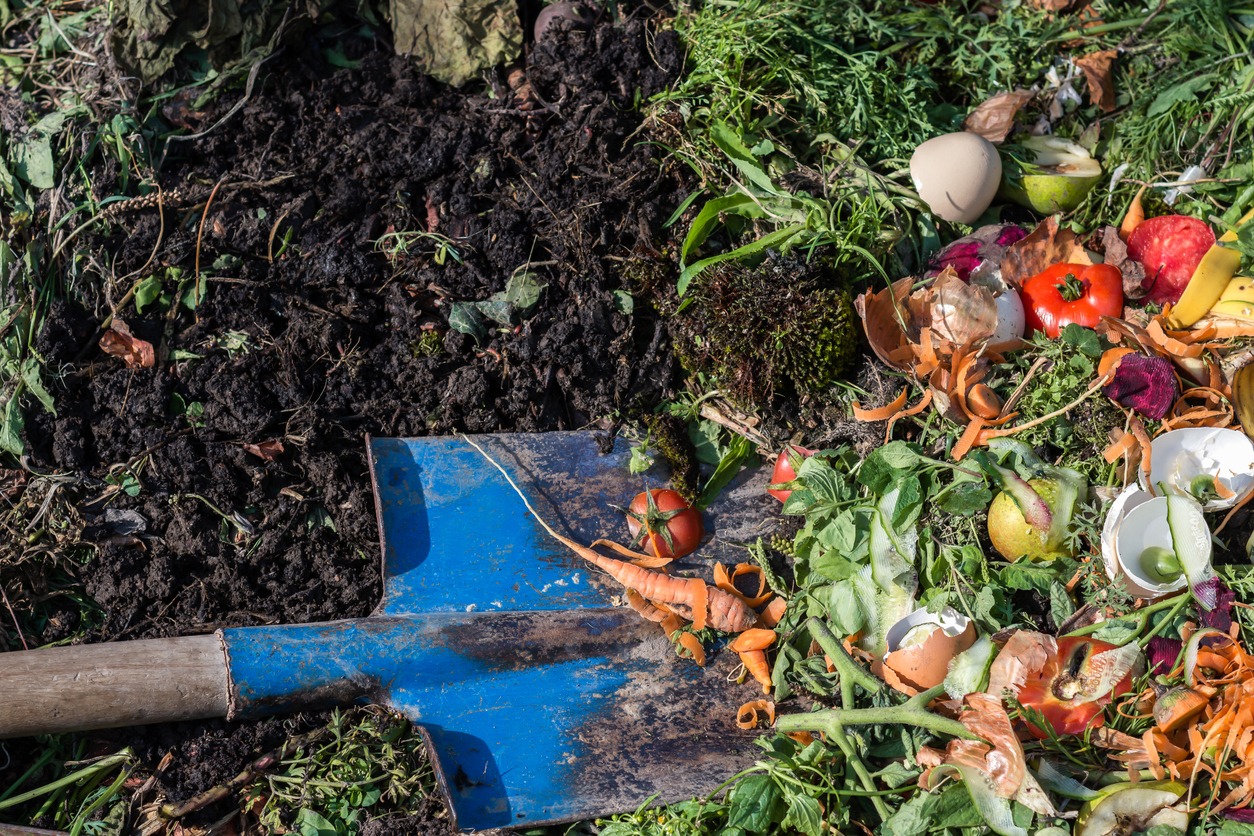
3. Repurposing Plastics
Agricultural plastics, such as mulch films and silage wraps, are widely used but often discarded after a single use. To reduce waste, farmers can:
- Reuse durable plastic materials wherever possible, such as re-lining water troughs or protecting crops.
- Participate in local recycling programs for agricultural plastics, turning waste into new products like irrigation pipes or packaging materials.
4. Making Energy from Biomass
Wood and plant residues from pruning or land clearing can be used as biomass for renewable energy. Options include:
- Chipping Wood: Turn wood waste into mulch for soil protection or composting.
- Bioenergy Production: Convert biomass into heat or electricity using specialized equipment like biomass boilers or gasifiers.
These practices not only reduce waste but also provide additional value to the farm in the form of energy or soil-enhancing products.
Recycling Farm Materials
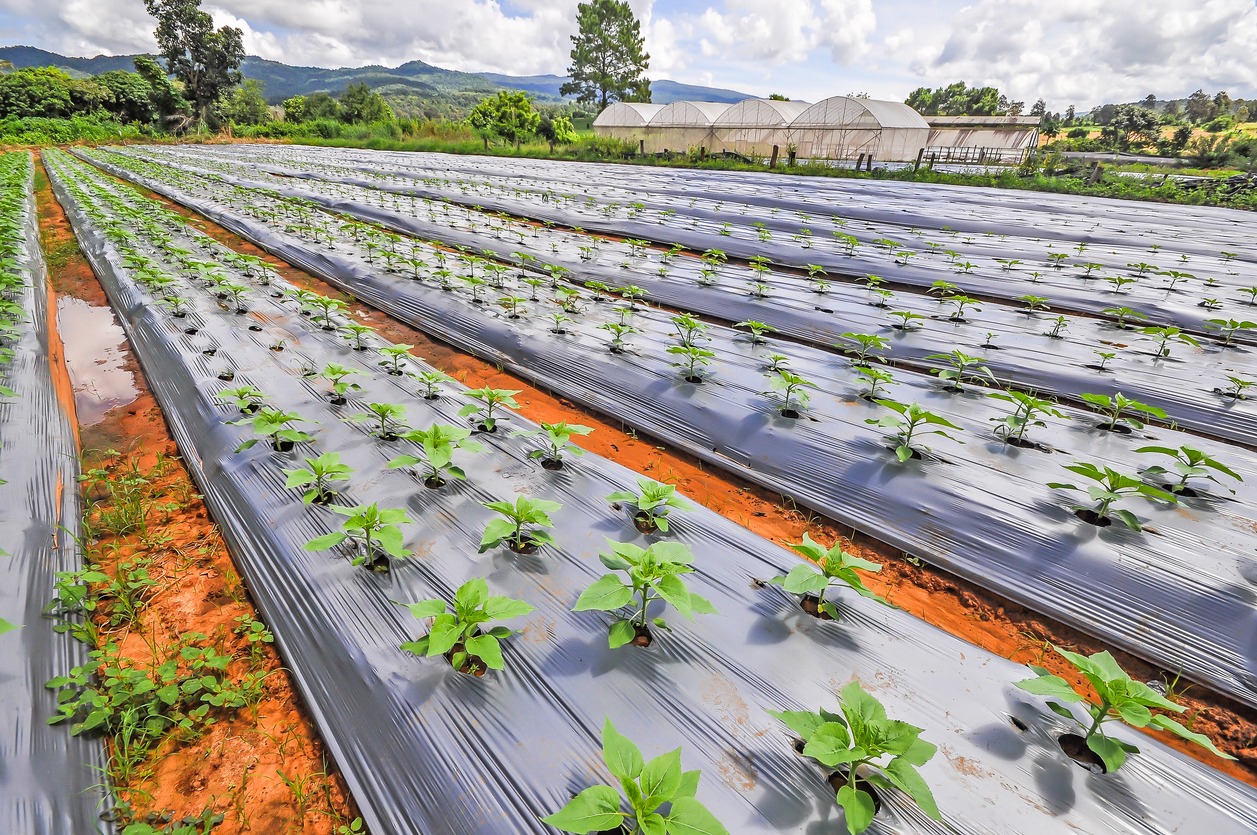
Recycling is a cornerstone of sustainable farming, enabling farmers to reduce waste and recover valuable materials. By participating in recycling programs and adopting best practices, farms can significantly lower their environmental impact.
1. Agricultural Plastics
Plastics are essential in farming but are also a major source of waste. Recycling them properly can make a big difference:
- Mulch Films and Silage Wraps: Collect used plastic sheets and send them to recycling facilities, where they can be processed into new products.
- Plastic Containers: Rinse and clean containers for recycling to ensure they don’t contaminate soil or water.
Some regions have dedicated agricultural recycling programs that make it easier for farmers to manage these materials responsibly.
2. Recycling Metal and Wood
Old equipment, fencing, and other farm infrastructure often contain materials that can be recycled or repurposed:
- Metal: Scrap metal can be sold to recycling facilities, where it’s melted down and reused in manufacturing.
- Wood: Pruned branches and discarded wood can be turned into bioenergy, mulch, or even furniture.
3. Establishing a Sorting System
Efficient recycling starts with proper sorting. Setting up a system of clearly labeled bins for plastics, metals, and organic materials makes it easier to process and recycle waste. For example:
- Place bins near high-waste areas, such as equipment sheds or harvest sites.
- Train farmworkers on how to properly sort materials to avoid contamination.
By actively engaging in recycling efforts, farms can minimize their reliance on new raw materials and contribute to a circular economy.
Innovative Waste Management Technologies
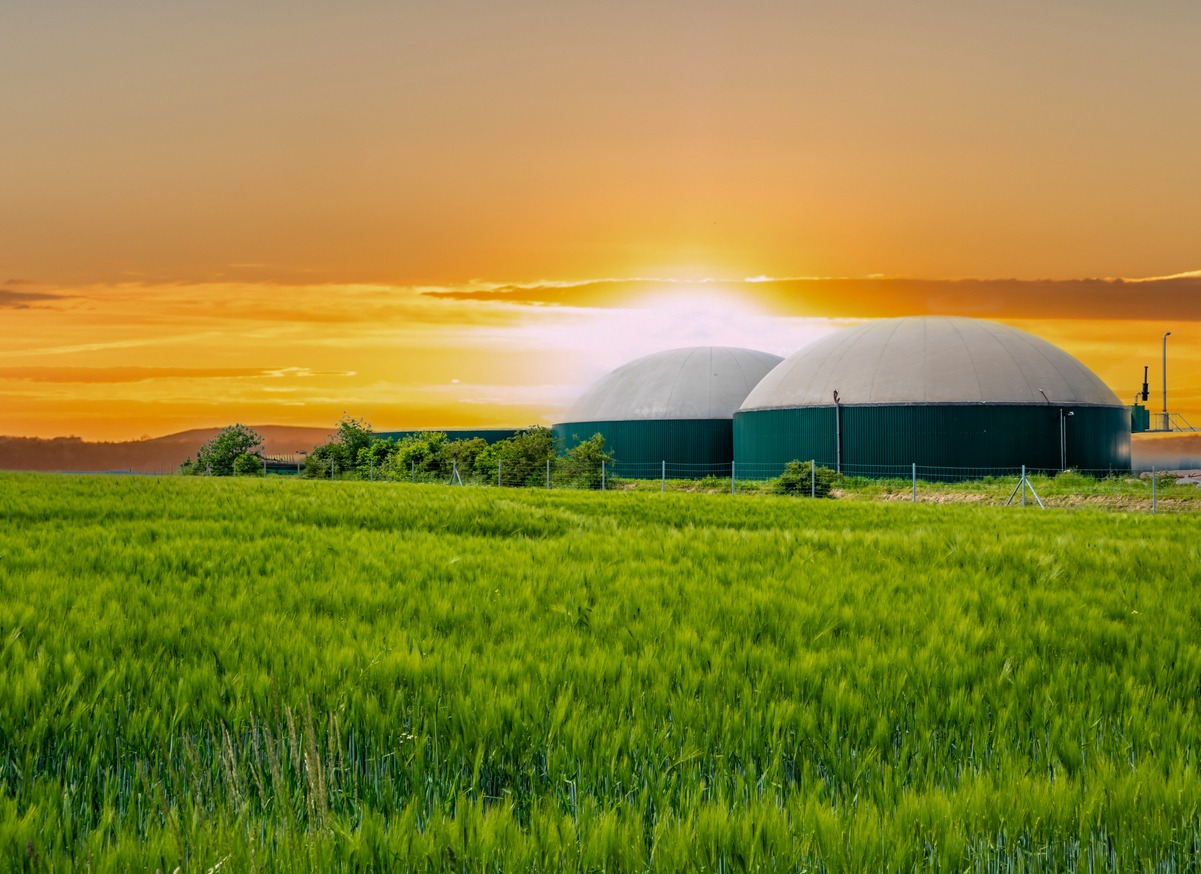
Technology is revolutionizing the way farms handle waste, offering tools and systems that make waste management more efficient and environmentally friendly.
1. Anaerobic Digestion for Biogas
Anaerobic digesters break down organic waste, such as manure and crop residues, into biogas and digestate. Benefits include:
- Energy Production: Biogas can power farm equipment, heat buildings, or even be sold to local energy grids.
- Nutrient Recycling: Digestate is a high-quality fertilizer that reduces the need for chemical inputs.
2. Pyrolysis and Biochar Production
Pyrolysis is a process that heats organic waste in the absence of oxygen, producing biochar. This material is a powerful soil enhancer that:
- Retains moisture and nutrients in the soil.
- Sequesters carbon, reducing greenhouse gas emissions.
3. Advanced Composting Systems
In-vessel composting systems offer a more controlled and faster alternative to traditional composting. These systems are particularly useful for farms with high volumes of organic waste.
4. Smart Technologies
Modern tools, such as drones and IoT sensors, are helping farmers monitor and manage waste more effectively. Examples include:
- Waste Tracking Apps: These apps help farms document and analyze waste production, enabling better planning and reduction strategies.
- Precision Application Systems: These systems ensure that fertilizers and pesticides are applied in the right amounts, reducing waste and environmental impact.
By investing in these technologies, farms can achieve higher efficiency, lower costs, and a stronger commitment to sustainability.
Conclusion
Effectively managing farm waste isn’t just a choice anymore—it’s essential for sustainable farming. By adopting the "Reduce, Reuse, Recycle" approach, farmers can transform waste into valuable resources, lower costs, and minimize their environmental impact. Whether it’s smarter purchasing, composting, recycling, or leveraging innovative technologies, every small step adds up.
Transitioning to sustainable farming takes time, but with steady effort, any farm can make a meaningful difference for the planet while enjoying the benefits of improved waste management. Start small, stay consistent, and take steps toward a greener, more sustainable future.



